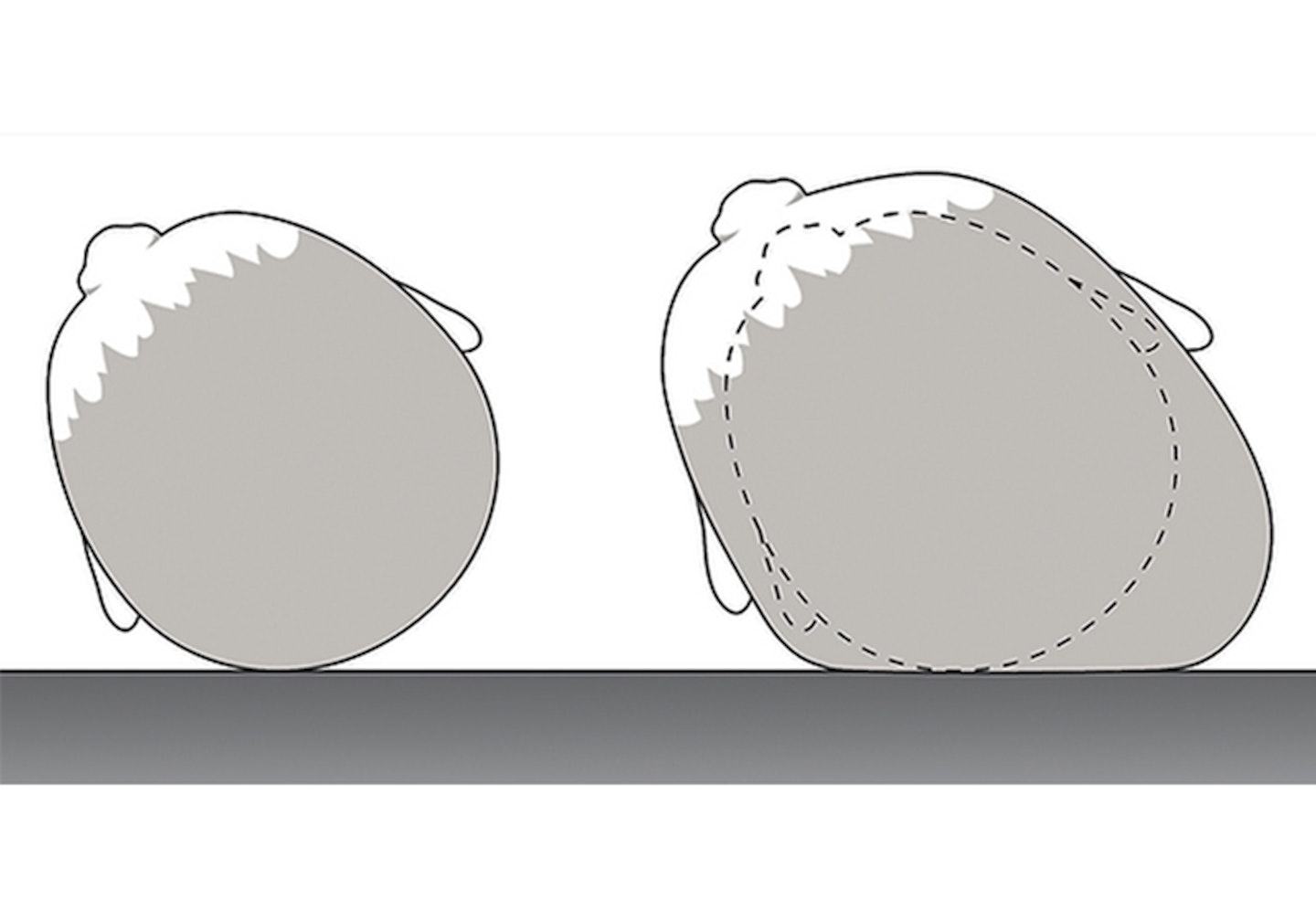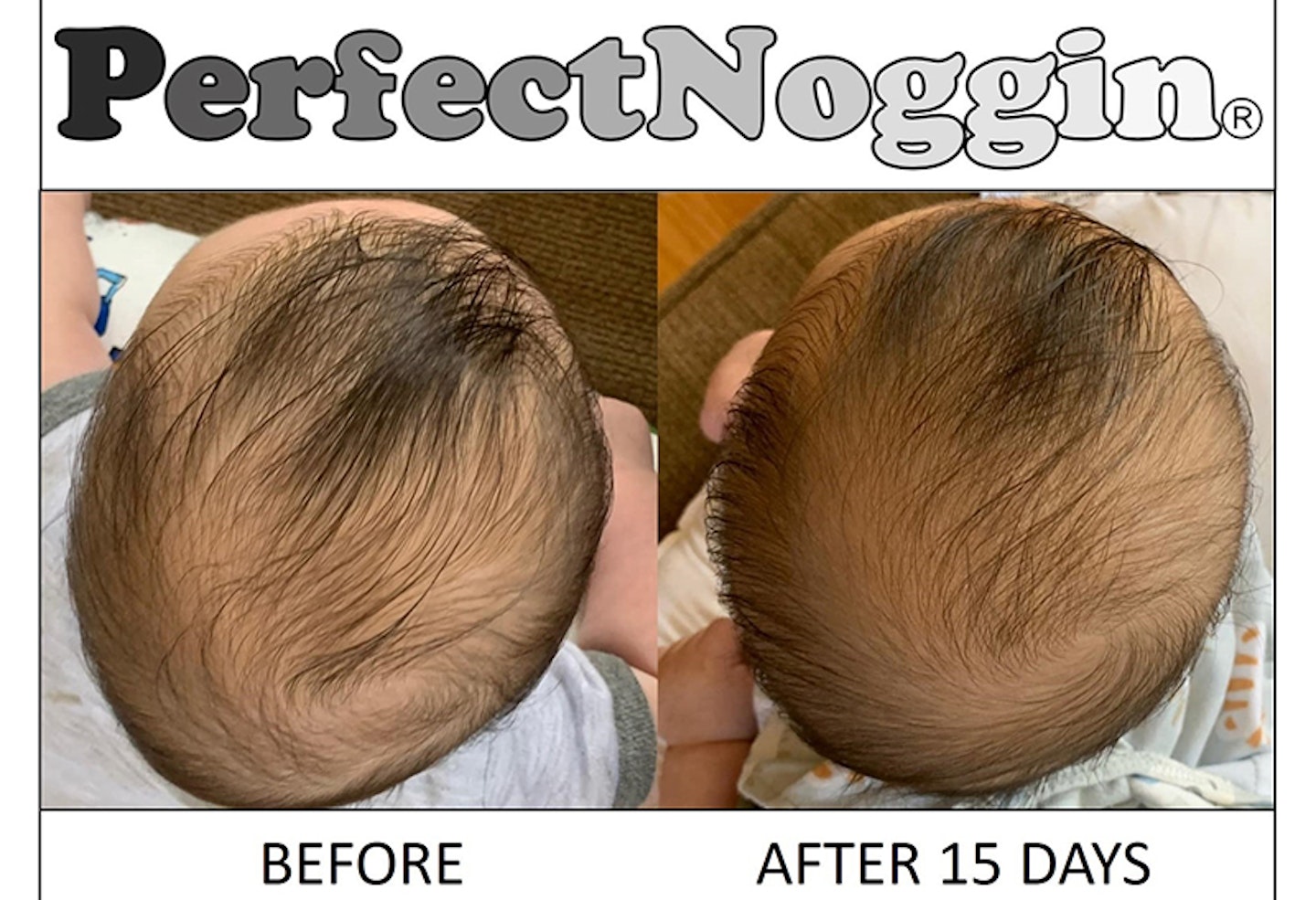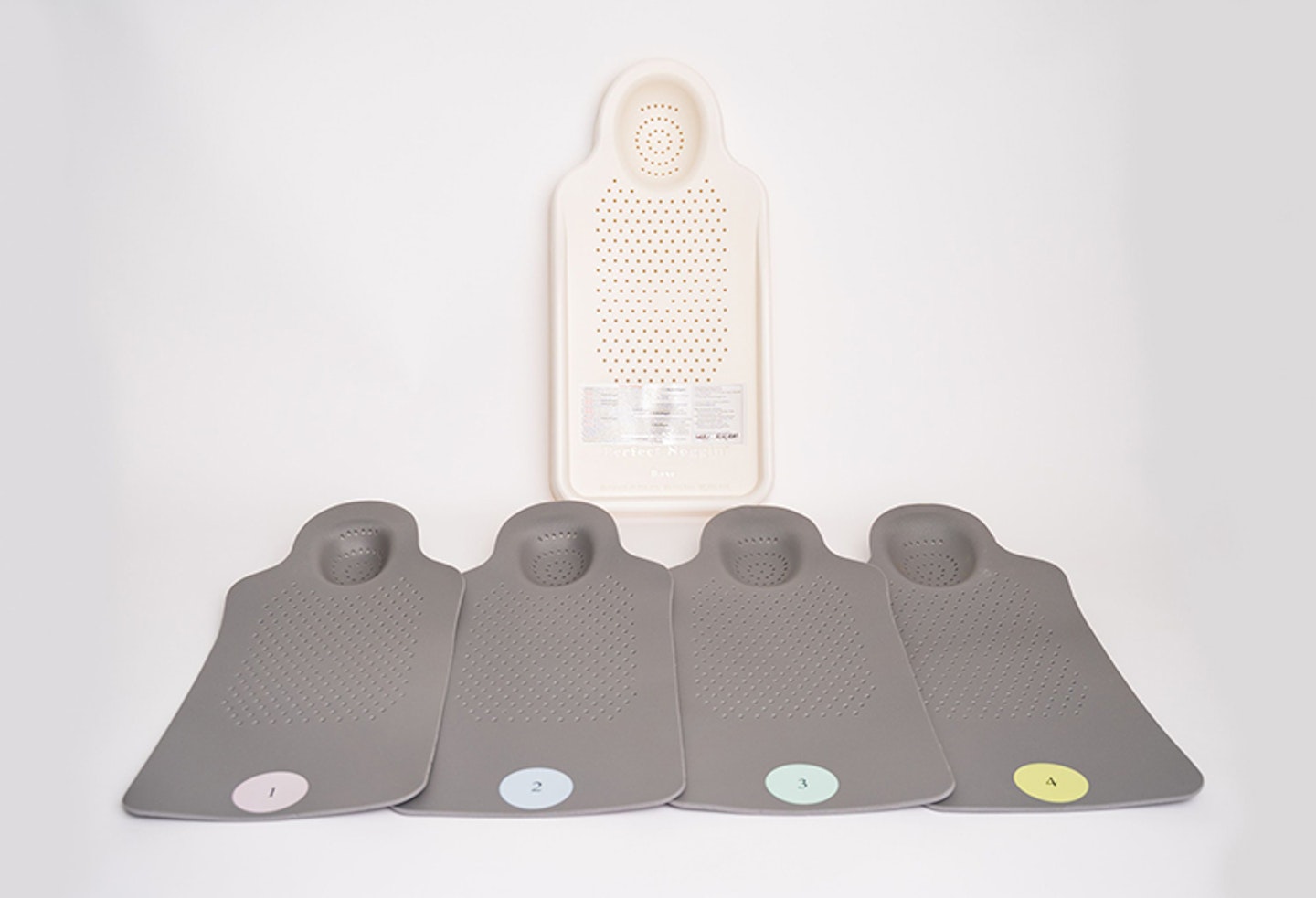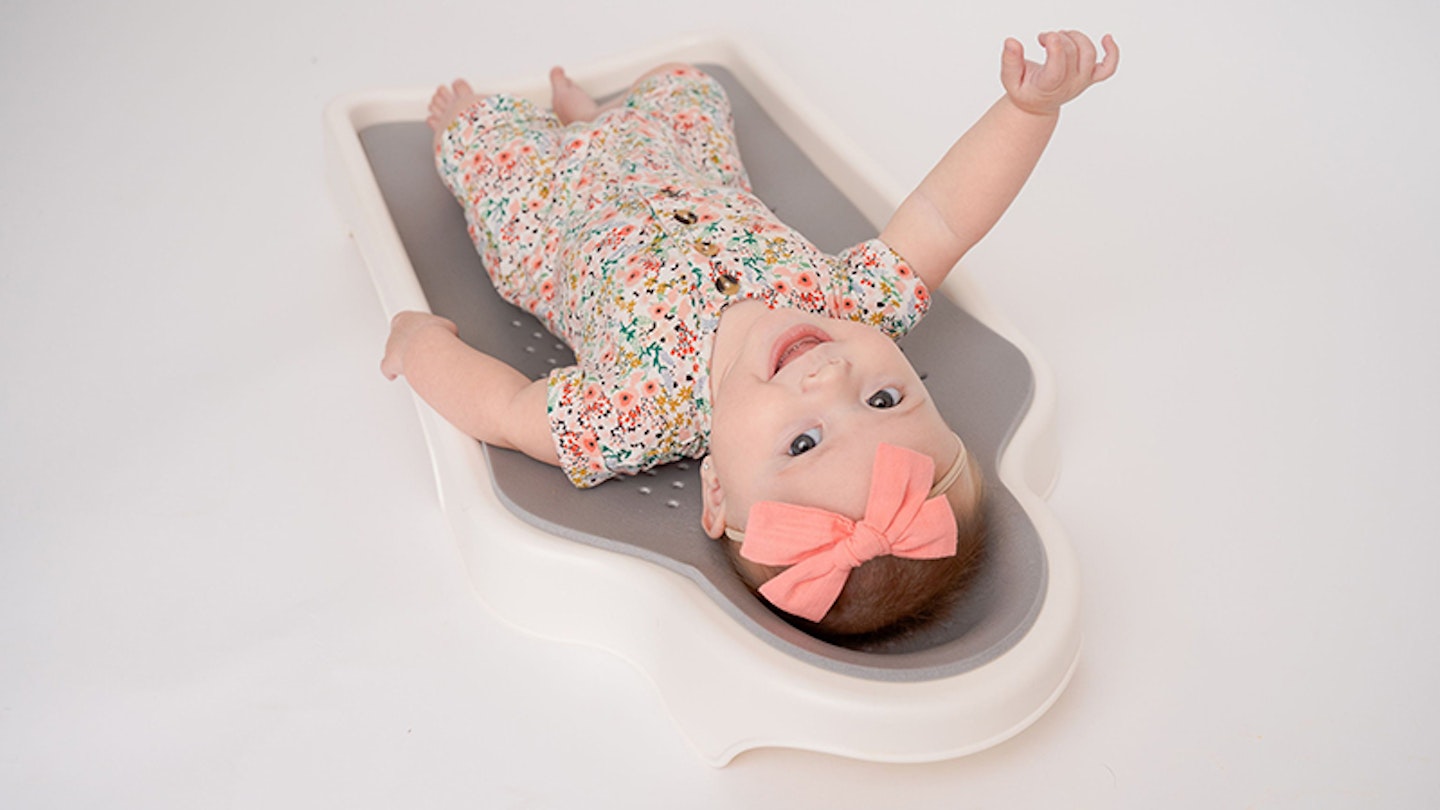Advertisement feature
Studies estimate that almost 20% of babies develop some form of head flattening. A baby’s head will become flat when two factors are present – back sleeping on a firm, flat surface, and reduced movement (meaning the head rests continually on the same part). Reduced movement is caused by one of three things; prematurity, developmental delay, or torticollis. Of these, torticollis (contraction of the neck muscle) is the most common.
Torticollis is a contraction of the sternocleidomastoid muscle on one side of the neck, as a result of restricted in utero positioning. Using the muscle is painful for the baby; as a result the baby always turns their head to look in the same direction. This “head-turning preference" is often dismissed as a baby’s desire to face into the room, but is in fact due to discomfort rotating the neck the other way. Torticollis ranges in severity from minor (and rapidly self-correcting) to complete fibrosis.
Mild cases of torticollis will self-resolve, but a baby with a strong and persistent head-turning preference (i.e. torticollis) should receive physiotherapy in order to gently stretch out the contracted muscle.
How does flattening develop?

A baby’s head grows very quickly in the first 4 months to accommodate the rapidly-growing brain. Small babies spend a lot of time sleeping – as much as 12 hours during the night (perhaps punctuated by feeds). When a baby lies continually on the same side of the head, growth is discouraged at that spot and redirected to the side on which the baby does not lie, creating an asymmetry. This is termed Plagiocephaly. In a baby who does not move their head to either side, flattening will develop at the back of the head – Brachycephaly.
Head flattening is not caused by a lack of tummy time, or use of “baby containers” (including car seats, bouncers etc). Increasing tummy time does nothing to counteract the forces which occur at night. A baby’s head is not soft, and flattening will not spontaneously resolve following temporary removal of pressure. Flattening continues to progress until an average of 4 months old.
There are only two options to offset this developing problem. The first – repositioning – is unpredictable and largely ineffective. It is impractical to expect exhausted parents to wake up every hour to alter their baby's head position. This is the reason parents turn to solutions which alter the surface on which the baby rests. There are many pillows sold for this purpose, but they are largely ineffective because they are soft and not shaped like an infant’s head. In addition they violate safe sleep recommendations against soft, loose items in the crib, and may create neck flexion, restricting the baby’s airway. The Perfect Noggin is different; effective and safe.

What are the consequences?
Head flattening is purely cosmetic. No scientifically robust studies exist which link head flattening to an increased incidence of ear infections or dental malocclusion, or to delayed motor or cognitive development. There is no truth to the claim that children will be unable to wear glasses, swimming goggles or protective headwear later in life, or that they are certain to suffer bullying. Babies are more frequently viewed from above and in combination with little to no hair coverage, an asymmetry can be obvious. In contrast, only a hairdresser may regularly see young people and adults from this angle.
For many parents, the visual appearance is distressing and they do not want to wait until the child is grown and the asymmetry is no longer noticeable. These parents may choose a cranial remoulding helmet, but the cost is often prohibitive.
The Perfect Noggin

The Perfect Noggin creates the opposite conditions to those in which the asymmetry develops, allowing reversal of any established flattening. The head rest is fully curved in all dimensions and anatomically shaped, meaning that whichever way the baby turns their head, it rests within a curved surface. Unlike other products, the layer system ensures an effective fit as your baby grows. The Perfect Noggin is firm, non-inclined, waterproof and has no soft or loose components meaning it conforms to all safe sleep recommendations. The Perfect Noggin can be used until your baby can roll. Once your baby can roll from their back to their stomach, it should only be used under direct supervision.
To find out more, and read testimonials visit: theperfectnoggin.co.uk
